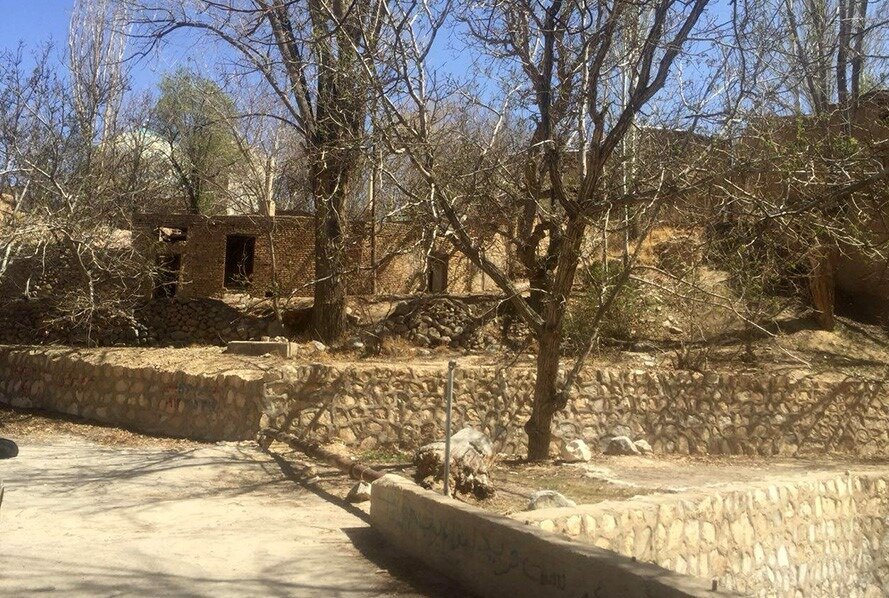Centuries-old public bathhouse in Yazd gains former glory

TEHRAN –Shazdeh, an Afsharid era (1736-1748) public bathhouse in the historical village of Tezerjan in the central province of Yazd, has been restored, a local tourism official has announced.
The project involved lightening and repairing the rooftop as well as strengthening the structure using cob materials, Hamidreza Abbasi said on Monday, CHTN reported.
The historical bathhouse, which was built on two floors with two entrances for men and women, was in use up until the early Pahlavi period (1925-1979), the official added.
The bathhouse was inscribed on the national heritage list in 2009.
Bathhouses or ‘hammams’ in Iran were not only places for bathing and cleaning up. They had a social concept for people who gathered at these places weekly.
It was a place where people talked with each other about their daily life and shared humor and news. There are still bathhouses in Iranian cities but they do not have their social function anymore since most people have bathrooms in their homes due to the modern lifestyle.
Some cities had separate bathhouses for men and women. They were usually built next to each other. However, there were some bathhouses, which were used by men and women at different times of the day.
There were also male and female public bathhouses; at daybreak, a longhorn (booq-e javaz) was blown to announce that the bath was ready. Men came to the baths from daybreak till the afternoon. Women could use the bathhouses from then to sunset. In some cases, five days were allocated to men and two days to women.
Persian literature is full of proverbs, narrations, and folk stories about bathhouses, which indicate the importance of the place in the past time.
In July 2017, the historical structure of the city of Yazd was named a UNESCO World Heritage. Wedged between the northern Dasht-e Kavir and the southern Dasht-e Lut on a flat plain, the oasis city enjoys a very harmonious public-religious architecture that dates from different eras.
Yazd is usually referred to as a delightful place to stay, or a “don't miss” destination by almost all of its visitors. The city is full of mudbrick houses that are equipped with innovative badgirs (wind catchers), atmospheric alleyways, and many Islamic and Iranian monuments that shape its eye-catching city landscape.
It is a living testimony to the intelligent use of limited available resources in the desert for survival. Water is brought to the city by the qanat system. Each district of the city is built on a qanat and has a communal center.
The use of earth in buildings includes walls and roofs by the construction of vaults and domes. Houses are built with courtyards below ground level, serving underground areas. Wind-catchers, courtyards, and thick earthen walls create a pleasant microclimate.
ABU/MG
Leave a Comment